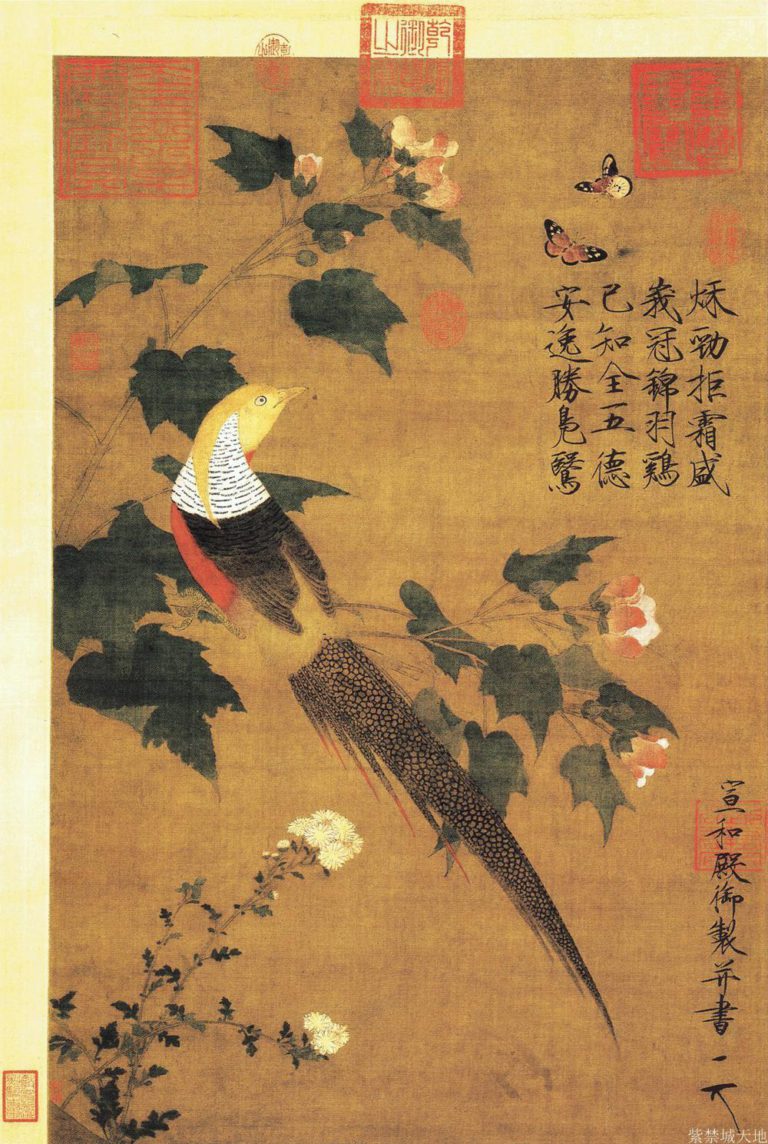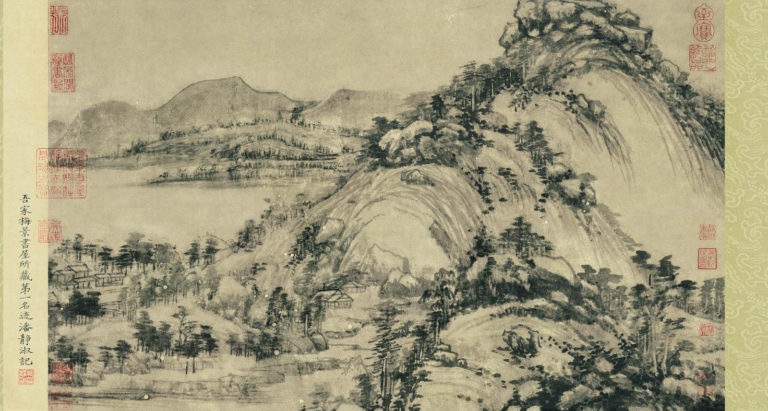Chinese Paintings
When we talk about Chinese painting, mostly we refer to Chinese traditional painting, which is known today in Chinese as GuoHua, meaning “national painting”, as opposed to Western styles of art.
Chinese painting is painted on rice paper or silk with a Chinese writing brush dipped in water, ink or color, it involves essentially the same techniques as calligraphy. So the four essential elements used in the creation of Chinese Painting is the brush, ink, paper, and the ink stone.The finished work can be mounted on scrolls, such as hanging scrolls or handscrolls. Traditional painting can also be done on album sheets, walls, lacquerware, folding screens, and other media.
The subjects include figure, landscape, flowers and birds, In terms of content and artistic creation, Chinese paintings reflect the ancient Chinese’s cognition of nature, society, politics, philosophy, religion, morality, literature and art associated with it.
The Two Main Genres
- Gongbi, meaning “meticulous”, is a realist technique in Chinese painting. it uses highly detailed brushstrokes that delimit details very preciselyand without independent or expressive variation. It is often highly colored and usually depicts figural or narrative subjects. It is often practised by artists working for the royal court or in independent workshops.
- Xieyi, meaning freehand style or ink wash painting, the other names includes Shui-mo (“water and ink”) , also loosely termed watercolor or brush painting. This kind of painting is also known as “literati painting”, as it was one of the “Four Arts” of the Chinese Scholar-official class.


Relationship with Nature
The most important factors for Chinese Painting are the close relationship with the painter‘s personality and the unique Chinese philosophy. They are trained not only to convey the objects but also express the mood and the spirit of the subject. The Chinese also believe that the painting is the expression of the painter’s knowledge and temperament. In this way, Chinese Painting becomes something much more than art.
The most essential philosophy of China is the unity of Sky, Earth and Human Beings. Human beings are part of the surrounding sky and earth, they are all together. That is why Chinese paintings are simple in composition and full of harmony, overall balance and peace with all of creation. They are interested in the mood and spirit. What the Chinese Painters are trying to express is not what meets the eye, but their attitude to the Great Nature. The Chinese painter has a profound love and admiration for nature. It is part of chinese culture, religious practices and their need to depend on nature to survive.
In relationship to human and animal figures, the Chinese painter utilizes the forms he finds in nature, such as ovals, circles, and geometric lines which are also found in Chinese calligraphy. Thus, all Chinese paintings whether they are landscapes or the human figure are painted with the same movement, rhythm, and harmony that is used when drawing the forms of calligraphy.